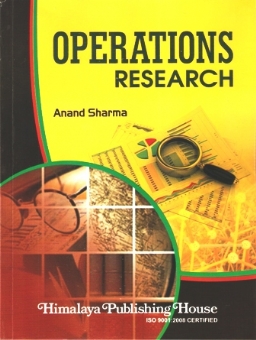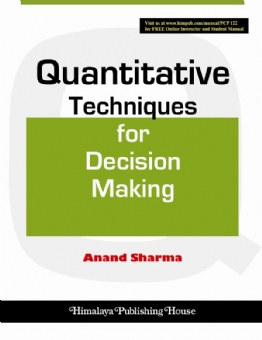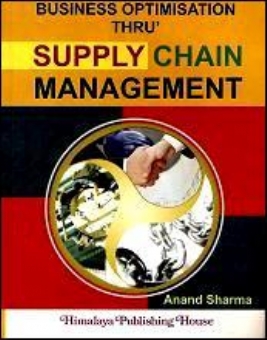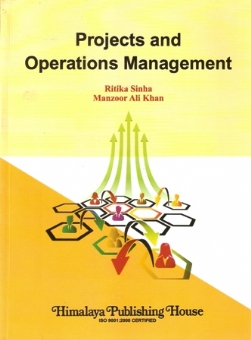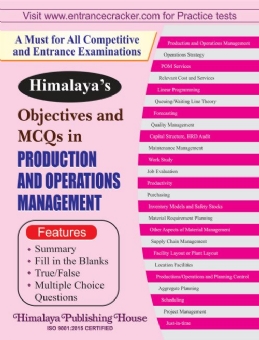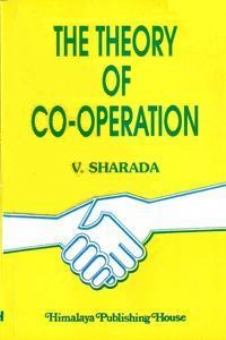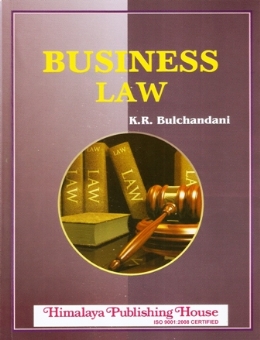Buy Academic Books Online in India | Second-Hand Academic Books
Featured Products
Objectives and MCQs in Production and Operations Management
₹371.25
M.R.P.:₹ 375.00
You Save: ₹3.75 (1.00% OFF)
Understanding of Companies Act 2013 through Que/Ans & simplified Compliance Procedure
₹408.36
M.R.P.:₹ 498.00
You Save: ₹89.64 (18.00% OFF)



